Advertisement
Watsonx artificial intelligence bots are transforming how IBM Consulting delivers generative AI solutions to clients. These tools enhance insight generation, accelerate workflows, and reduce manual effort across projects. As demand for automation and personalized solutions grows, Watsonx enables companies to operate faster and more intelligently. The bots empower data-driven decision-making by analyzing patterns and delivering accurate, real-time recommendations.
IBM tailors each solution to the client's specific industry needs, helping to drive innovation across sectors. With AI-powered consulting processes, teams deliver measurable results while upholding IBM's commitment to responsible AI practices through built-in transparency and governance. The combination of smart automation and expert guidance redefines how global enterprises approach digital transformation.

For IBM Consulting clients, Watsonx AI bots streamline several fundamental tasks. These algorithms extract insights, sort data automatically, and handle unstructured content. By doing this, teams save many important hours previously used on manual labor. Clients notice faster project turnaround, better reporting, and better service delivery. Additionally, the bots help in the real-time translation and classification of vital business documents.
Embedded into current systems, Watsonx can help to improve accuracy and lower mistakes. These bots help consultants ensure the speed and uniformity of projects. Teams provide scalable solutions in line with corporate objectives using AI-powered consulting approaches. The bots change with the times for different sectors and client priorities. Watsonx increases output in several spheres using ongoing learning and development. Because IBM is committed to innovation, every deployment adds long-term value. Driven by intelligent, AI-powered automation, clients enjoy better outcomes in every engagement and more seamless operations.
Watsonx bots enable IBM Consulting to deliver faster, smarter decisions across projects. These artificial intelligence systems search for trends and patterns by analyzing massive data sets in real-time. With little handwork, clients can rapidly spot opportunities and hazards, enhancing decision quality and helping lower delays. The bots also produce summaries, forecasts, and advice for executive teams. These capabilities enable data-based approaches across several departments of a company.
IBM ensures that every recommendation represents current market changes using Watsonx generative AI tools. Teams now rely on dynamic AI models that update automatically rather than depending just on historical data. Watsonx-powered dashboards help you see and act upon information. Smarter, faster, more confident decision-making follows from this. Every solution is created with an open mind so that customers may see how choices are made. Defining its AI-first consulting paradigm, IBM balances accuracy and speed with trust and explainability.
Watsonx lets IBM Consulting expedite project schedules without compromising quality. The bots perform document management, system inspections, and report generation—reiterative chores. It raises general output and cuts time spent on hand labor. Consultants are free to concentrate on design, inventiveness, and sophisticated problem-solving. Every phase of the project is tracked and optimized with Watsonx. Automated updates maintain everyone's alignment. The system readily connects with project tools to control processes in real-time.
Teams find obstacles and quickly fix problems by applying AI-powered consulting approaches. Client satisfaction rises while delivery time contracts. Multilingual skills also help worldwide teams interact more effectively with clients. IBM's method lets Watsonx grow constantly since earlier projects teach lessons about improvement. It is a performance booster more than just a tool. All vital in today's fast-paced consulting environment, the bots offer quicker delivery, better results, and consistent quality.

Watsonx bots are deployed across multiple sectors, adapting to the unique demands of each industry. In healthcare, they support managers and physicians with medical record processing, pattern recognition, and therapy recommendations. In the financial sector, the bots assist with regulatory reporting, compliance monitoring, and fraud detection. Watsonx helps retailers forecast demand and streamline supply chains. Bots in manufacturing track systems for flaws and suggest fixes.
IBM ensures that Watsonx generative AI models are tailored to meet the specific challenges of each industry. These solutions are also designed to evolve with business needs, making them highly scalable. From initial setup to full integration, IBM consultants guide clients through every step of the process. The company's deep industry expertise helps clients understand how to apply Watsonx in their operations. At the same time, IBM promotes ethical AI integration to maintain transparency and regulatory compliance across all deployments. Strict governance guidelines and safe data help the bots to be taught. It maintains artificial intelligence's safe, efficient, and worthwhile usage in all spheres. Long-term effects and corporate expansion follow from this.
In every client engagement, IBM strongly emphasizes the responsible use of artificial intelligence. Watsonx bots are built with embedded governance frameworks that promote transparency, accountability, and fairness. The AI models provided to clients are explainable, unbiased, and fully aligned with relevant regulatory standards. IBM guides deployment and monitoring using well-defined frameworks. Every bot is tested to look for ethical issues. Trained to implement ethical AI integration in consulting, consultants help to ensure decisions are tested and checked.
The system's transparent approach to reaching conclusions helps clients trust it. Feedback systems and audit records help artificial intelligence be responsible. IBM also makes sure the loop always includes human supervision. That harmony between human judgment and computer speed builds client confidence. Watsonx installations are designed to comply with standards, including GDPR in mind. Core elements of IBM's artificial intelligence approach are security and privacy. Ethical innovation is the basis rather than only a goal. Every customer solution Watsonx has reflects that goal.
Watsonx bots are driving measurable impact across IBM Consulting’s generative AI initiatives. These tools streamline complex workflows, fuel innovation, and accelerate project timelines. Solutions powered by Watsonx deliver faster, smarter, and more scalable results for clients. IBM consistently delivers tangible business value by embedding AI into its consulting processes. The company also leads in ethical AI integration, prioritizing transparency, accountability, and trust. The future of consulting is intelligent, responsible, and transformative—and Watsonx is building that future, one client engagement at a time.
Advertisement

How IonQ advances AI capabilities with quantum-enhanced applications, combining stable trapped-ion technology and machine learning to solve complex real-world problems efficiently

How a machine learning algorithm uses wearable technology data to predict mood changes, offering early insights into emotional well-being and mental health trends
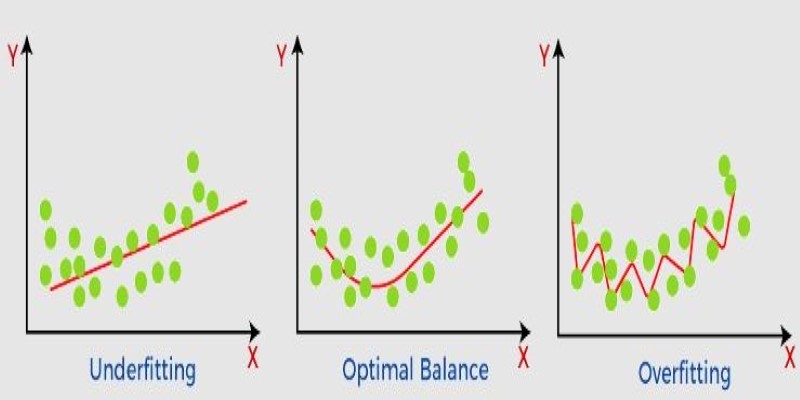
What non-generalization and generalization mean in machine learning models, why they happen, and how to improve model generalization for reliable predictions

What's changing inside your car? A new AI platform is making in-car assistants smarter, faster, and more human-like—here's how it works

Watsonx AI bots help IBM Consulting deliver faster, scalable, and ethical generative AI solutions across global client projects
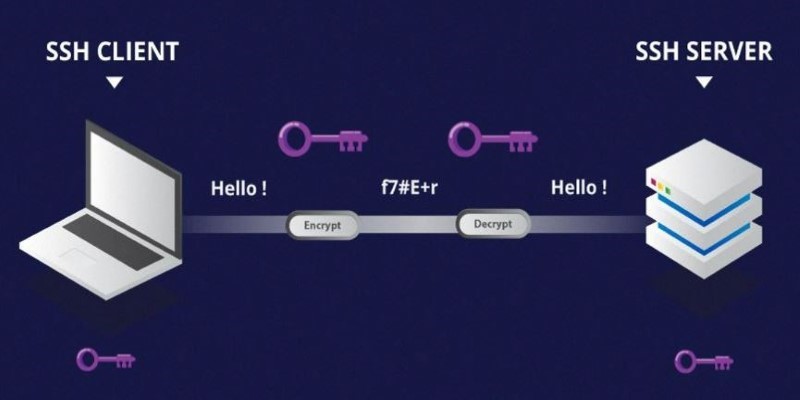
Learn the difference between SSH and Telnet in cyber security. This article explains how these two protocols work, their security implications, and why SSH is preferred today
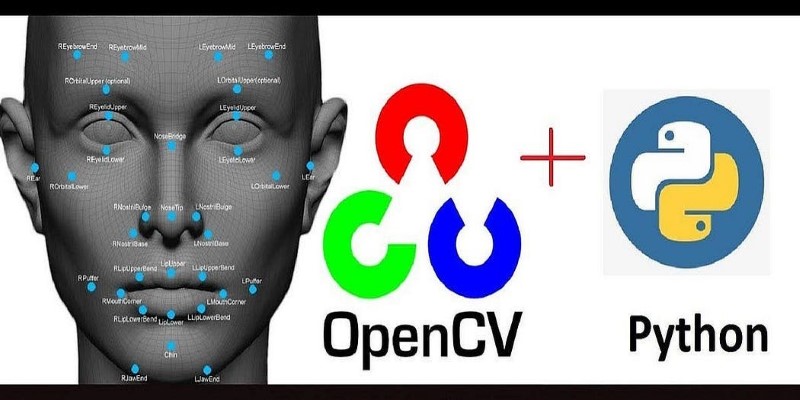
Ready to make computers see like humans? Learn how to get started with OpenCV—install it, process images, apply filters, and build a real foundation in computer vision with just Python

Curious how LLMs learn to write and understand code? From setting a goal to cleaning datasets and training with intent, here’s how coding models actually come together
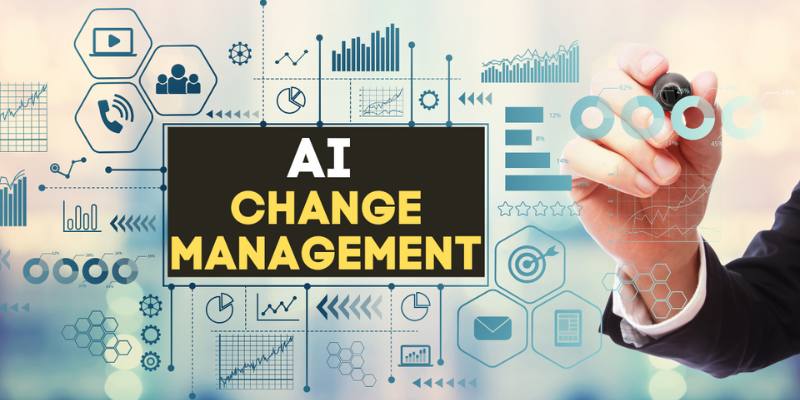
Learn the top 5 AI change management strategies and practical checklists to guide your enterprise transformation in 2025.
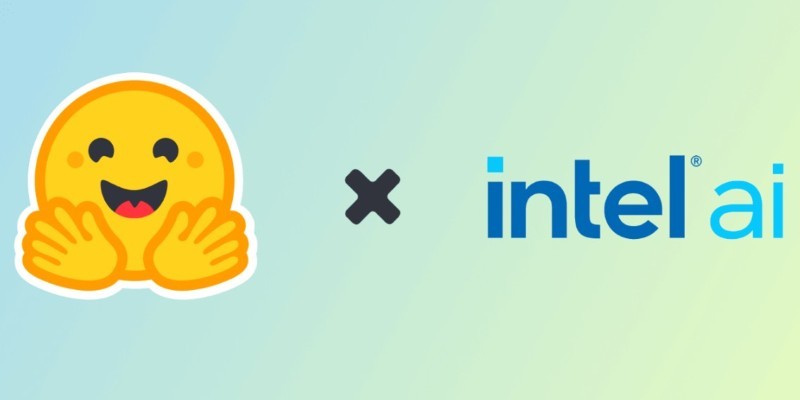
Achieve lightning-fast SetFit Inference on Intel Xeon processors with Hugging Face Optimum Intel. Discover how to reduce latency, optimize performance, and streamline deployment without compromising model accuracy

Discover ten easy ways of using ChatGPT to analyze and summarize complex documents with simple ChatGPT prompts.

How to use ChatGPT for Google Sheets to automate tasks, generate formulas, and clean data without complex coding or add-ons